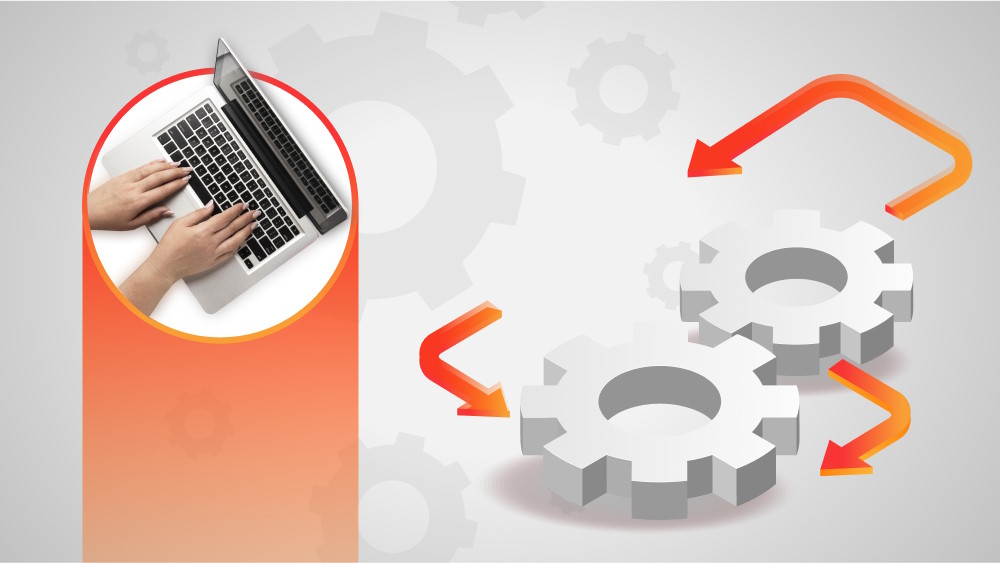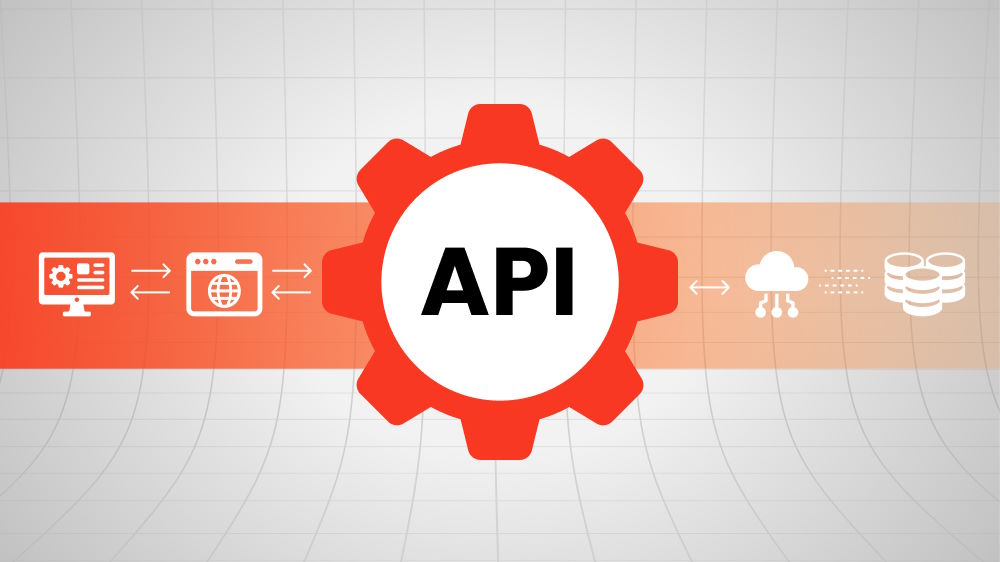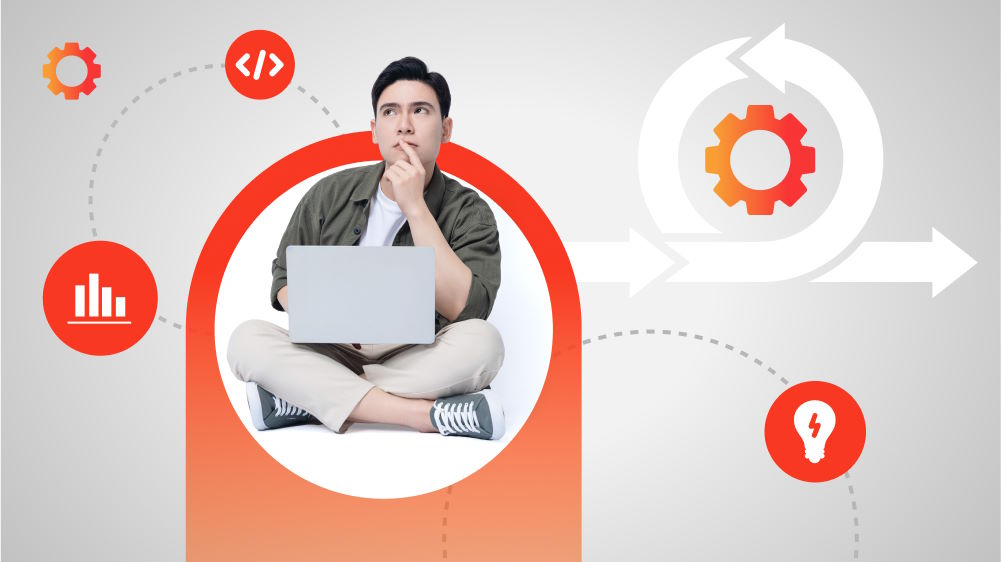Definition, Phases, Models & Benefits of Software Development Life Cycle
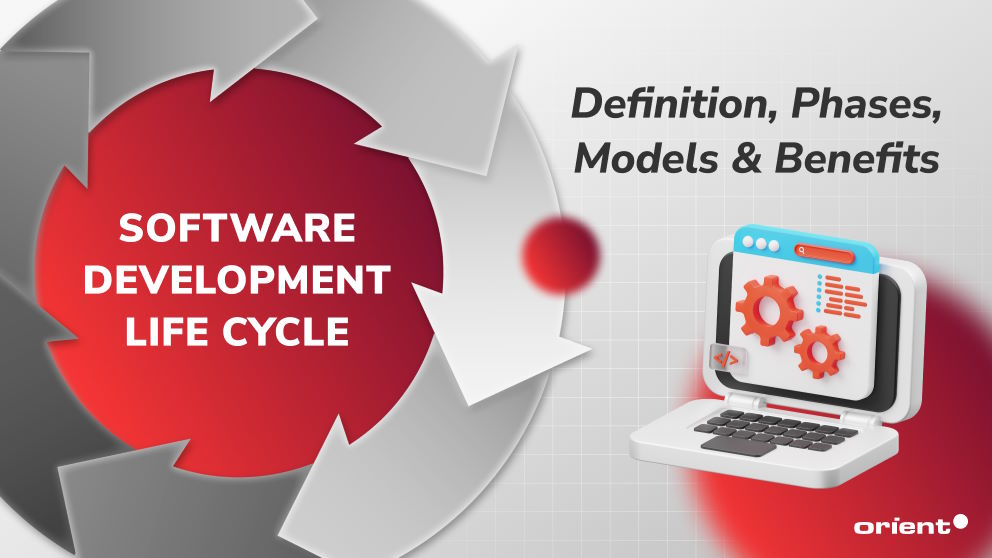
Content Map
More chaptersAny software idea must undergo a development process in which it is conceptualized, designed, developed, tested, and launched as well as maintained to eventually temporarily be called a high-quality software application.
This guide aims to decode the software development life cycle (SDLC) and its different phases, models, and benefits.
What Is a Software Development Lifecycle (SDLC)?
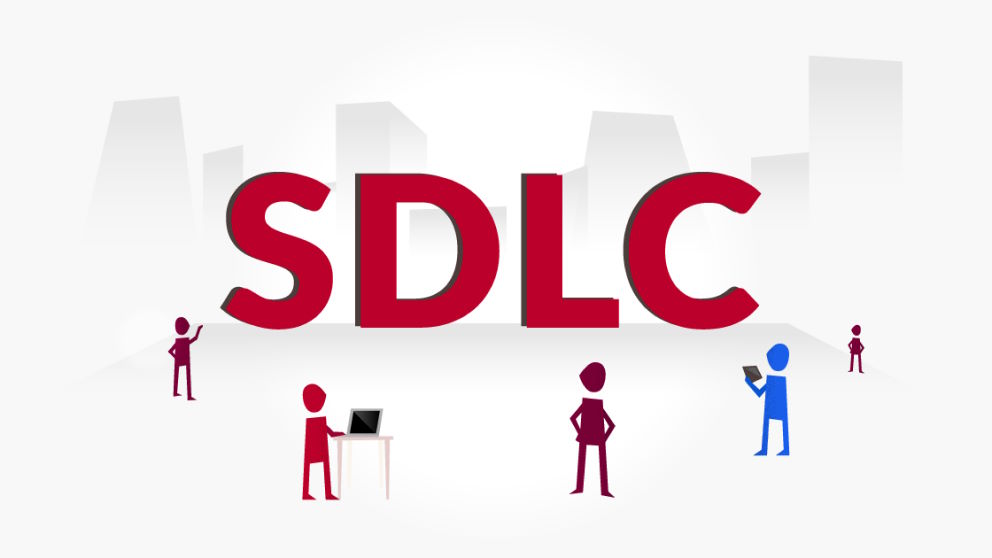
SDLC stands for each first capitalized character of the term Software Development Life Cycle. It is applied to software engineering, covering different digital solutions like custom software, mobile applications, web apps, and many more. Recognized as a project management model, SDLC provides a structured approach to the often complex and lengthy development process. It breaks down the entire project into manageable steps, thereby streamlining and systematizing the progression from conception to completion and maintenance as well.
An SDLC process is defined and modified by the hands of project managers based on the project scope as well as other elements possibly impacting the progress and outcome; budget, and resources, for example.
It is not uncommon for most people to mislead the two terms – software development lifecycle and system development life cycle – and use them interchangeably. Even though they appear to be very similar, they are distinguished by subtle differences.
The systems development life cycle is an encompassing term that refers to the comprehensive process of developing a full-fledged system, which could range from software to hardware, networks, and user interfaces. On the other hand, the software development lifecycle, as the name suggests, concentrates purely on the development of software without involving other system components.
Seven Phases in an Actual Software Development Process
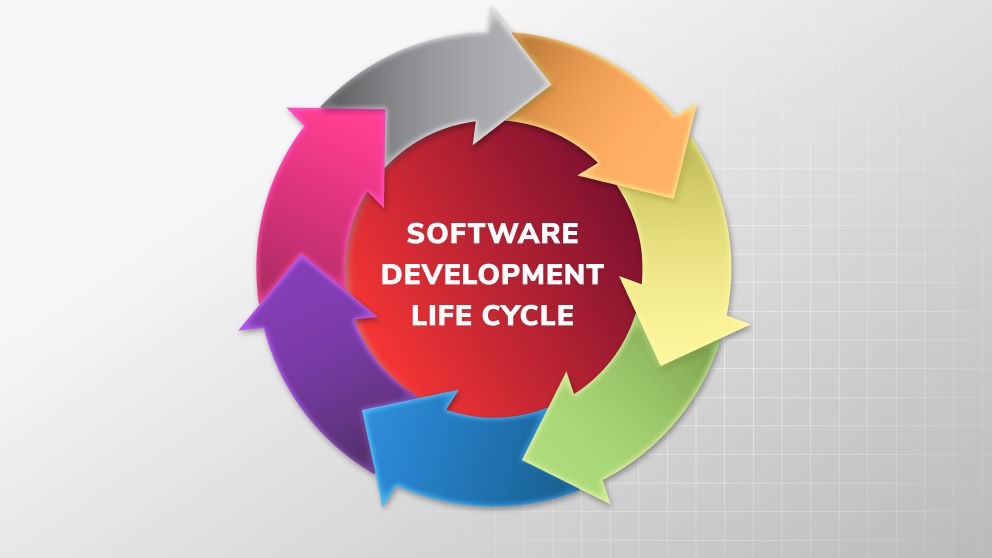
The SDLC process breaks up an entire project development cycle of creating software into smaller, more manageable phases. Each represents a stage or step in the roadmap needed to take a software product to market availability. Of that, a development team knows exactly what and how to fulfill the project requirements and customer expectations. Despite different types of software development, the most common and fundamental SDLC phases are as follows:
#1 Requirement Gathering & Analyzing
This is a pre-development stage wherein the project manager and business analyst (BA) sit down and examine the end-users requirements as well as input from other stakeholders, such as sales teams, marketing teams, internal and external experts, etc.
The purpose of this stage is to understand and conclude the potential market niches, opportunities, and limitations of a proposed idea. This phase’s output is a Software Requirement Specification (SRS) - that defines functional and non-functional requirements used as references for the next stage of a project - will be drawn up.
#2 Planning
The next step is a fundamental one, as the planning phase is the key entry point for the entire process of developing software. In the project planning stage, the calculation is made based on resource allocation, cost estimation, time scheduling, and other considerations. From the findings, development teams can devise a proper project roadmap as well as define task lists for each member to adhere to.
Also, in the planning process, project managers and key stakeholders can work on identifying potential risks and bottlenecks that are likely to occur throughout the development cycles beforehand. This allows for early preparation and proactive measures to mitigate negative impacts on the project’s progress and outcome.
At times, the sequence of the analysis and planning stages may be interchanged or even merged into one, depending on the strategic approach of each project. Frequently, these two phases involve project and product management as well as require the active participation of all project members.
#3 Designing & Prototyping
With a visionary plan in place, it is time to proceed to the design phase. Referring to the SRS document, the whole team – including the project manager, software developers, system architect, database engineers, and UI/UX designers – works on the overall architectural design of a software solution. This ranges from creating a data structure and defining the core functions and layout of the user interface to mapping navigation for end-users and more. The design process sets out detailed workflow diagrams to demonstrate how different components of software will operate arm-in-arm to achieve its intended purpose.
Beyond that, the design team can take one step forward by creating the first prototype or an MVP (Minimum Viable Product), which showcases a comprehensive visual representation of the product and its appearance and functionality. This pre-development step will be subjected to evaluations and feedback from all stakeholders involved before proceeding further. Based on the input, the prototype is refined and enhanced until it satisfies the stakeholder’s expectations and the client’s requirements. Essentially, the prototyping process ensures transparency and consent as well as helps to save development efforts, time, and resources in later stages.
At the end of this phase, the development team can finalize a blueprint for the subsequent actual development steps.
#4 Coding & Developing
In the development phase, the actual software or application gets built. This is also the core stage of the entire software development life cycle, where developers get their hands dirty with coding and programming activities to get the prototype into its end state - a fully functional product.
Coding squads utilize a range of programming languages, frameworks, and tools to bring the software to existence. They create all the modules required for the software and integrate each module to form the end product. Each module’s code must align with the goals and requirements outlined beforehand. And as a rule of thumb, coding is often conducted by multiple developers. Each member is tasked with a small part of the project at one go and writing code for a single module.
Most of the time, development is the longest phase. Hence, this stage can be broken down into multiple smaller sprints in the Agile environment in order to optimize the resources of time and effort.
#5 Testing & Debugging
The quality assurance and testing phase triggers both parallel with the development stage and after completion to spot bugs and defects potentially affecting the system performance and report them for fixing.
During the phase, testers and QA engineers perform a series of QA testing methods (both manual and automated), such as performance testing, unit testing, integration testing, system testing, acceptance testing, security testing, and more.
The outcome of this phase is a software solution that can function smoothly under various circumstances, paving the way for the deployment phase to come up.
#6 Deploying or Releasing
After several preparatory and developmental steps, software systems arrive at the production environment, where they are packaged, configured, and installed for end-users. The project team should decide on a release strategy in which the software solution is either rolled out gradually or in one go.
One essential part of the deployment strategy that requires attention is user training on operating the new software system. If the product is meant to replace an existing one, data migration should be handled with care to avoid loss of critical data or system downtime.
#7 Maintaining & Supporting
A software or system development project is an ongoing endeavor that does not end with deployment. Instead, the maintenance phase is the last but not least stage of the SDLC. This is where technical crews monitor system performance, fix bugs and defects, perform upgrades, and provide technical support for users. It is also during this phase that suggestions are taken on board to enhance user experience and add new features as needed.
The maintenance phase is of significance to keep the software system up and running at the lowest rate of errors. When glitches or bugs are detected, they should be reported to the development team immediately and resolved by patching or further coding. Timely maintenance can prevent the system from going down or causing severe setbacks for your business operations. Furthermore, regular software updates ensure that the product stays abreast with technological advancements and evolves with changing user demands over time.
Common SDLC Models
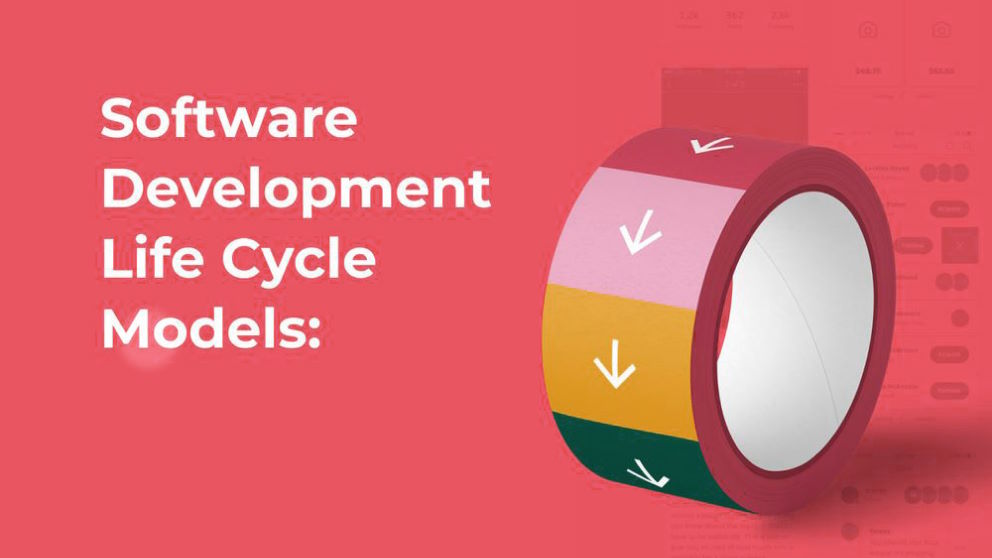
A software development lifecycle gives structure to a project from A to Z and guides tech teams through their work without missing out on crucial steps. Teams often make use of one or a combination of the following models based on the project size, requirements, and purpose. The choice of model also depends on project needs and flexibility with changing circumstances.
Waterfall Model
Accepted as the conventional SDLC model, the waterfall takes a linear, sequential process, where developers follow a top-down approach to complete the life cycle. In this model, one phase starts right after the previous one, and there is no going back to the previous stage.
Each end of a phase marks a milestone in the cycle and calls for extensive documentation that outlines all project requirements, design plans, test reports, and more. Though deemed old-fashioned, this model remains a popular option for many projects where requirements are thoroughly specified beforehand. The waterfall approach, unfortunately, does not work well in case of delay or sudden changes in requirements, as there is little to no room for revision once a phase is done.
Agile Model
An agile model breaks the whole process of planning, developing, testing, and deploying into small, incremental chunks called sprint cycles. With a short time limit, the product is tested at the end of each sprint. This leads to more iterations and enables testers to detect and address problems as they arise without missing out or before they turn into serious matters.
Agile is renowned as a pragmatic and flexible cycle model. It fosters collaboration between team members and stakeholders throughout the project duration. This is a suitable way for projects with changing and dynamic requirements and where stakeholders require transparency into developers’ activities.
V-shaped Model
Also referred to as a verification and validation model, the V model is grown out of Waterfall methodology as both share a similar structure but differ in one critical point. The testing phase is part and parcel of the development stage, and each development step maps to a corresponding test phase. On this track, testers and QA engineers can spot defects early on in the development phase, and developers are warned beforehand if they miss out on any requirement or produce code with bugs that probably result in design errors later on.
The V-shaped model is known for its rigorous testing activities that bring down the chances of bugs slipping into production. This SDLC process is perfect for large-scale projects with straightforward specifications and well-defined sets of requirements. It might not work in scenarios where there are unpredictable changes or new feature requests.
Spiral Model
The spiral SDLC is an iterative approach that brings together elements from waterfall and prototyping models. It creates a loop of four phases - starting with planning, risk analysis, engineering, and evaluation - that continuously repeats as the project progresses. In such a loop, technical teams can work on stakeholders’ feedback and incorporate changes or enhancements every time the cycle repeats itself.
The design process takes several iterations until the completed product satisfies all requirements and meets quality standards. It places a premium on analyzing risks and aims to reduce them through early identification and mitigation. Therefore, the spiral model works ideally for projects with major risks, unclear or evolving requirements, or significant changes.
Iterative Model
This model cuts down a development lifecycle into small chunks. Each starts with an iteration of phases (ranging from requirements and design to coding and testing). After one iteration, the development results are evaluated by the project team, wherein defects are fixed, and enhancements are made.
The shortcomings posed by the waterfall model are mostly covered as the iterative process makes it viable for user feedback and requests for new features implemented into each cycle. With the iterative, incremental model, the software solution increments regarding features and improvements. At the end of the SDLC, the finalized product is fully furnished with all the planned and added functionalities.
Big Bang Model
Named after the theory of the “Great Big Bang,” the SDLC model starts all from scratch. Not as structured and laid out as others, the big bang approach gets off the ground with a loose set of ideas, time, resources, and efforts. Developers code away without any specific plans or requirements. As a result, the end product may or may not meet the actual development needs, leading to a whole reversal compared to the set goals or turning out unsuccessful.
While it shows chances of facing high risks, it can also result in high returns by surprise. This is a hindrance yet a potential favor for projects that are small in scale and involve a lot of experimentation. The big bang development lifecycle is ideal for products in which requirements are not decided, and the release date is not given yet. But frankly, the probability of project failure with this approach is quite high, making it a less popular option compared to other models.
Rapid Application Development (RAD) Model
The RAD model is not a test cycle but rather an approach to software development. It focuses on speedy development and delivery by incorporating the customer’s feedback at every stage of the process, reducing the time-to-market substantially.
RAD works best for projects that are required to be delivered quickly without compromising quality - such as government projects or research-based apps. It takes advantage of automated tools and frameworks to expedite the development process and encourages constant communication between developers, QA teams, and customers. This helps in mitigating risks and providing a better understanding of project requirements for all parties involved.
The Important Role of an SDLC in a Software Development Project

It is almost unconscious that every project kick-starts its development process with some form of a software development cycle. A well-established SDLC is an indispensable part of any successful project. Look at the following benefits of the software development life cycle you can gain and soon realize the difference between having a clearly defined SDLC and don’t.
Minimize Project Delays & Miss-outs
One tangible benefit of applying a clear-out software development lifecycle is its potential to reduce the probability of stagnation or missing out on any aspect within a phase or the entire stage.
First of all, an appropriate SDLC model provides a structure for one project, in which a hefty and intricate development process is broken down into multiple phases of development, small tasks for each project member or team, and achievable goals. The crews go through the cycle step by step. Secondly, each phase in the life cycle has its identification criteria to be met for securing a green signal to step up towards the next stage. Hence, it makes sure there are no unnecessary obstructions or hold-ups once your team is working on a specific process.
With a streamlined workflow from the outset, every part of the development process is nailed down with no missed requirements or deadlines, and deliverables are up to par with expectations and time frames.
Foster Collaboration Among Team Members
Most SDLC models abide by the principle of simplifying the workflow and keeping all involved on the same page. Clearly defined roles and responsibilities erase any ambiguity. Project members are allowed to concentrate on their respective tasks without confusion or overlapping. Additionally, dividing a large, cumbersome project into smaller, manageable tasks and achievable goals eliminates distraction and pivots the project in the right direction. Ultimately, this promotes teamwork, enhances communication, and ensures transparency among team members.
Flag Errors Before They Turn Costly
When developers step over the step in a well-structured development lifecycle, they can prevent many problems from arising or being left unresolved. The standard SDLC structure includes testing phases alongside each phase or at the end of every round. This way, bugs and issues are identified early on in the process when it’s easier to fix them compared to discovering them later in the project, where it can result in reworking already completed tasks and cost an extensive amount of time and resources.
Maintain Management Control at the High Level
In the realm of project management, SDLC methodologies provide unparalleled control over project execution and results. This becomes particularly crucial for complex projects involving multiple crews, departments, or stakeholders. SDLC ensures that the outputs produced are in line with established standards and predefined specifications.
Are you looking for assistance in setting up and customizing a software development lifecycle for your project? Look no further than Orient Software. As a leading software development powerhouse headquartered in Vietnam with branches in Japan and Singapore, we have a team of top-tier experts ready to offer their guidance.
At Orient Software, our services go beyond IT consulting; we specialize in custom software development and technical staff augmentation. We are eager to understand your challenges and work with you to find solutions. Don’t hesitate to reach out to us today.

